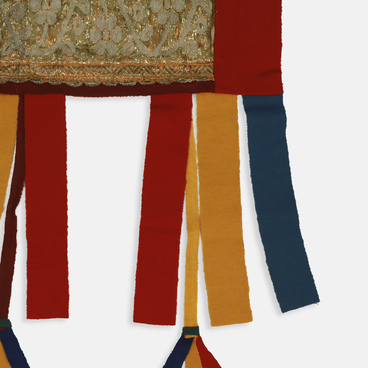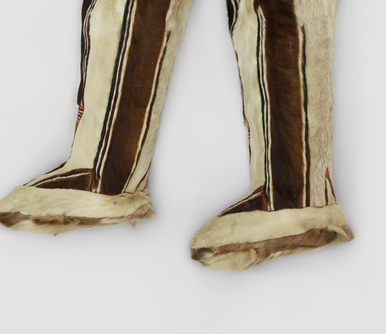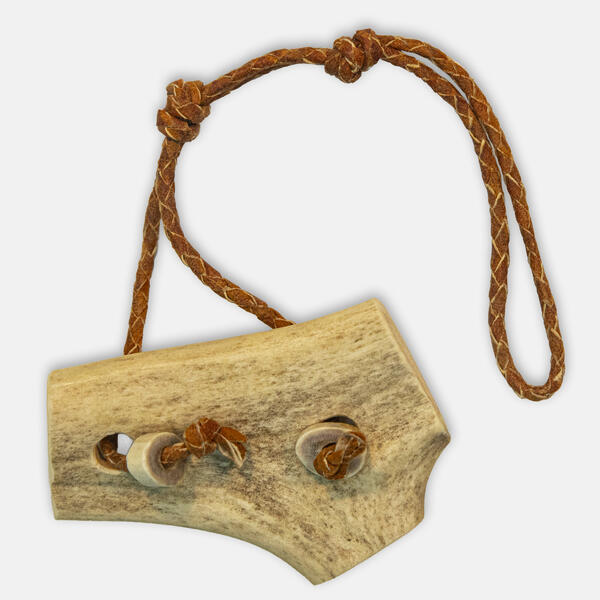Toys were one of the earliest forms of folk art, helping children develop their skills, learn, and explore the world. The secrets of toy making were passed from generation to generation, from mother to daughter, and from father to son.
In the traditional culture of the Nenets, toys served practical purposes. By playing with toys children were supposed to get ready for mastering the arts and crafts and become aware of their social role. Starting from the age of five or six, girls would make their first dolls for which they would also sew clothes and design birch-bark furniture and utensils. While the first doll would usually be the size of a girl’s palm, later ones would grow along with their owner. By playing with dolls, a girl learned to keep the house and be a good mother and mastered the most important traditional craft for Nenets women — sewing.
At the same time, boys would practice throwing a lasso, sharpening a knife, repairing a sled, and shooting arrows. Often, their first toys were fragments of fishing nets, old animal traps, tools, and equipment. Children learned all the necessary skills by playing and imitating adults. Northern peoples also had traditional board games and puzzles that were suitable for both children and adults, depending on the level of difficulty.
Toys helped the Nenets people develop their most valued traits, including agility, ingenuity, craftsmanship, patience, observation, marksmanship, and tenacious memory. Toys were supposed to make children strong and resilient, as these qualities were essential for living in the harsh conditions of the tundra. Traditional toys were always made from natural materials, including wood, bone, fur, leather, and reindeer horn. Other materials used as toys include bird beaks, fish bones, animal spines, vertebrae, and dried paws and tails.
The “neva long” toy is a kind of a spinning top. It
consists of three wooden pieces: a top, a launcher, and a stick with a capron
thread tied to it. The top is spun using the two wooden sticks and the thread.
The toy is supposed to fall and spin on its long and narrow part. It could also
be used indoors in case of freezing temperatures, rainstorms, and blizzards.





